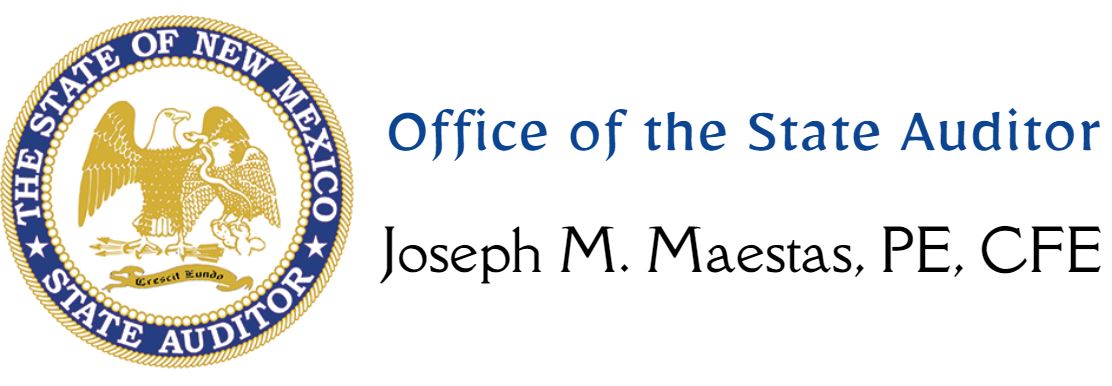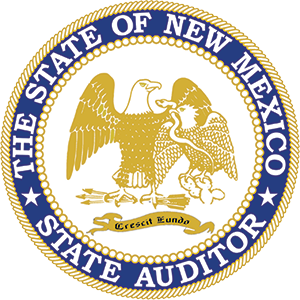What is an Audit
Audit Tutorial- What is an audit? Why even bother?
Typical audit objectives (what you’re trying to achieve)
Safeguarding of Organizational Assets
Compliance with Regulation, Policy & Other Requirements
Accomplishment of Organizational Goals & Objectives
Reliability of Information (Reporting)
Economy & Efficiency of Operations
Types of audits (not all audits are created equal)
Financial
Major Focus—Accuracy of Financial Reporting
Key Measure—Materiality of Errors and Misstatements
Opinions—Based on Professional Standards and Judgment
Note:
Certified Public Accountants (CPAs) licensed to express opinions related to Financial Reporting
Primary Stakeholders—Decision-Makers (legislators)
Funding Sources (taxpayers).
Performance
Major Focus—Achievement of Goals & Objectives
Key Measure—Project Management
Primary Stakeholders—Decision-Makers (legislators)
Funding Sources (taxpayers)
Users (beneficiaries of public services)
Regulatory
Major Focus—Statutory/Regulatory Adherence
Key Measure—Compliance
Primary Stakeholders—Decision-Makers (legislators)
Regulators (other agencies)
Internal
Major Focus—Organizational Needs
Key Measure—Adequacy of Internal Controls
Primary Stakeholders—Organizational (management & employees)
Fraud/Special
Major Focus—Investigative in nature; focused on specific allegations
of financial fraud, waste and abuse associated with specific
individuals and/or specific transactions
Key Measure—Fiduciary Duty
Primary Stakeholders—Prosecuting Authority (DA, AG, Justice Dept)
Decision-Makers (legislators
Fiduciary duty is characterized as being “the highest standard of care imposed at either equity or law,” requiring the fiduciary to be “extremely loyal to the person to whom they owe the duty (the principal),” and requiring those entrusted in this manner “not put their personal interests before the duty, and not profit from their position as a fiduciary, unless the principal consents.”
Source: Wikipedia Encyclopedia (http://en.wikipedia.org) Note: The principal, with respect to public resources, is ultimately the taxpayer/citizen.
How to read a typical financial audit report
Background
Normally provides perspective on organizational mission, key processes or initiatives, funding levels, how the audit came about, major concerns triggering the audit etc.
Executive Summary
Normally provides a high level summary of significant audit findings, observations or conclusions.
Scope of Work
Normally identifies the areas being evaluated, the time period under review, and may specify activities or transaction types looked at or not looked at.
Methodology
Normally describes how the audit was conducted in terms of sampling methodologies or transactions selected for evaluation
Findings
Describes significant shortcomings identified during the audit. A finding is typically organized in the following manner:
- Condition
The specific situation/shortcoming) - Criteria
Policy, duty or good business practice being violated) - Effect
Risk or adverse impact associated with this condition) - Cause
The likely reason this condition exists) - Recommendation
How the condition might be remedied/fixed)
Management Response
When included, normally constitutes a managerial perspective on corrective actions considered necessary to resolve the finding.
Note
Due to the nature of Fraud and Special Audits and the primary stakeholders associated with such audits, a Management Response will typically not be associated with the related audit report.

